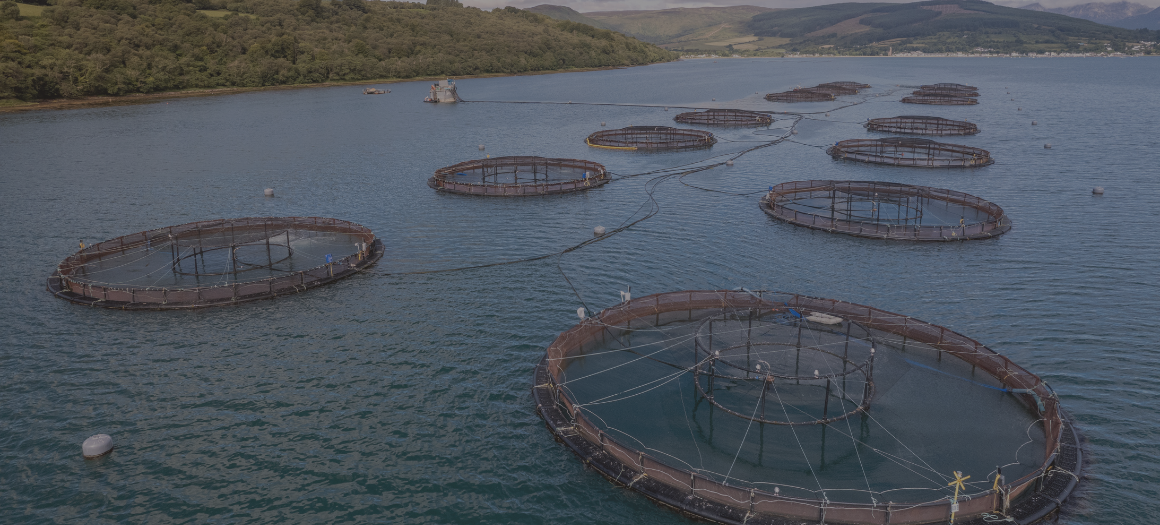Scottish Government must take control of salmon farming industry and its damaging impacts

The Rural Affairs and Islands Committee has today released findings from evidence collected between June and October 2024 during a follow-up inquiry into salmon farming in Scotland, which began in June 2024. WildFish gave oral evidence to the inquiry in June and our response to the report is as follows.
WildFish completely agrees with the committee that progress in tackling the damaging impacts of salmon farming has been eye-wateringly slow. The Scottish Government needs to demonstrate much stronger leadership in the regulation of this sector.
However, it’s deeply disappointing that the committee has once again stopped short of calling for a moratorium on industry growth. This is despite years of well-documented industry issues and overwhelming evidence presented for this inquiry showing that these problems are worsening. Until these critical issues are resolved, the threat to Scotland’s wild salmon and sea trout populations remains at crisis level.
We welcome the call to end the siting of farms near known migratory routes for wild salmon. But let’s be clear: given the weight of historical and new evidence showing the negative impacts of open-net salmon farms on wild fish, this action is long overdue.
The report largely focuses on firefighting issues created by the industry itself. For example:
- The ecologically disastrous use of wild-caught wrasse: once heralded as a solution to chemical treatments for sea lice, it is now acknowledged by the industry itself to be “uncertain” in terms of its sustainability.
- Mechanical sea lice treatments: intended to reduce chemical use, these methods continue to raise serious welfare concerns for farmed fish.
Yet, the report fails to ask the fundamental question: can open-net salmon farming ever be truly sustainable, particularly within the context of climate change?
What are the real costs and benefits when we account for the extensive negative impacts on other sectors and the wider environment in Scotland and overseas? And what might a better vision for Scotland’s coastal waters and communities look like?
Without addressing these core issues, this report offers little more than piecemeal solutions to a system that urgently needs transformative change. Better still, removal from our coastal waters here in Scotland and around the world.

Thanks for all your efforts on my and thousands of others behalf. I have access to almost 6 miles of the river Wye which I have fished for 66 years fron the age of 7 if anymore volunteers are needed to take samples I would more than happy to help. Keith.
Thanks so much for your support, Keith. If you would like to find out more about SmartRivers hubs in your area, please visit https://wildfish.org/project/smart-rivers/